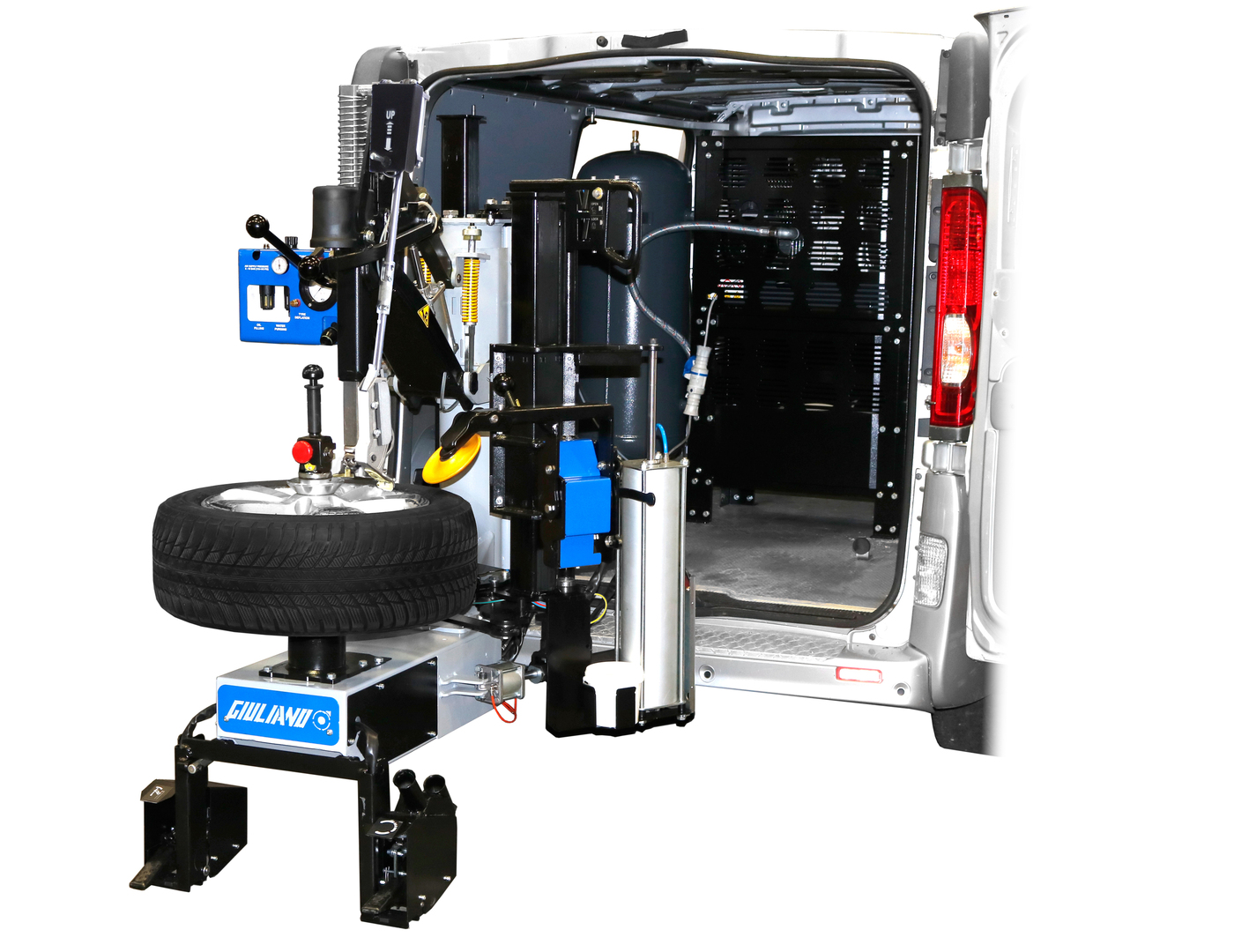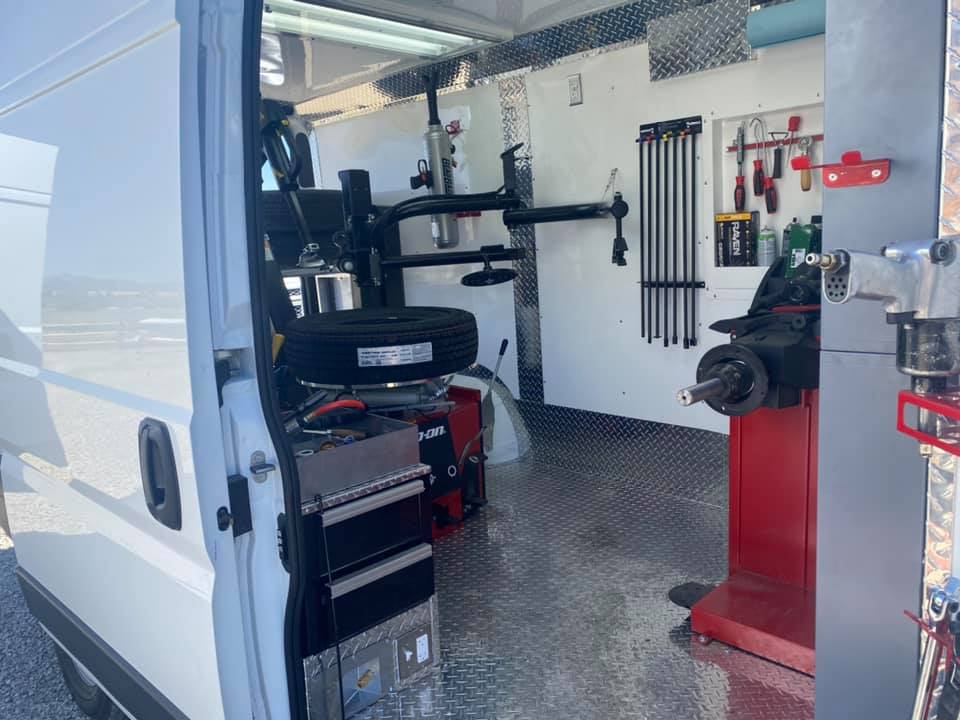Tire Service: Proven Approaches for Ideal Tire Maintenance and Treatment
Preserving optimal tire condition is vital for both safety and security and efficiency of any type of automobile. From ensuring appropriate tire stress to routine turning and placement, there are tested methods that can considerably extend the life-span of your tires and enhance general driving experience. As we explore the ins and outs of tire treatment and maintenance, we will discover essential standards that every vehicle owner must stick to for the finest feasible outcomes. Let's explore the globe of tire service and discover the keys to keeping your tires in top-notch form for the long haul.
Significance of Tire Pressure
Sufficient tire pressure promotes far better gas efficiency, as under-inflated tires can lead to enhanced rolling resistance, creating the engine to function more challenging and consume more fuel. Appropriate tire pressure guarantees even tread wear, boosting tire long life and conserving cash in the long run by delaying the demand for early substitutes. Consistently checking and readjusting tire pressure, specifically in the past long trips, is a straightforward yet effective means to enhance vehicle performance, expand tire life expectancy, and focus on safety and security on the road.
Tire Turning Guidelines
When taking into consideration tire turning standards, it is important to comprehend the relevance of this maintenance task in maximizing tire life expectancy and preserving optimal automobile efficiency. Tire rotation involves changing the setting of each tire on a vehicle to guarantee also walk wear. Front tires have a tendency to use more rapidly than back tires due to guiding pressures, making regular rotation critical for balanced wear patterns.

Benefits of Wheel Positioning
Making sure proper wheel alignment after tire turning is critical for keeping well balanced wear patterns and optimizing lorry efficiency. In addition, appropriate wheel positioning aids to expand the life-span of your tires. Misaligned wheels can cause uneven tire wear, leading to premature tire replacement and raised maintenance expenses.

Tire Footstep Deepness Examine
Performing a regular evaluation of tire tread depth is essential for preserving safe driving conditions and extending the life expectancy of your tires. The walk on your tires plays a critical duty in giving traction, particularly in slippery or wet conditions. To examine your tire tread deepness, you can make use of a tread depth Full Article gauge or the penny test. The recommended step depth is at least 2/32 of an inch. If the step depth is below this threshold, it is time to replace your tires to make sure optimal performance and safety and security on the road. Irregular tread wear can indicate problems with tire suspension, pressure, or alignment, highlighting the relevance of regular step depth checks. Disregarding to keep an eye on and preserve correct walk depth can bring about decreased grip, longer stopping distances, and a raised threat of hydroplaning. By including tire step deepness explore your routine upkeep timetable, you can drive with self-confidence knowing that your tires remain in top condition.
Seasonal Tire Inspection
A detailed evaluation of tire condition customized to specific climate conditions is vital for keeping optimum efficiency and safety throughout the year. Seasonal tire evaluation is an essential facet of tire maintenance that makes sure tires are prepared to face the challenges presented by various weather. In prep work for winter, it is vital to check the tire pressure frequently as cool temperatures can create tire stress to drop. Examining tire walk depth is additionally essential to guarantee appropriate traction on snow and frozen roads. Additionally, looking for signs of deterioration, such as bulges or fractures, can help stop potential tire failures. As the periods adjustment, it is very important to analyze tire problem and make any type of required modifications to guarantee safe driving. By performing regular seasonal tire evaluations, drivers can extend tire lifespan, enhance fuel effectiveness, and most notably, make certain a secure driving experience in varying climate condition view it - Mobile Tire Service Las Vegas.
Verdict
Finally, preserving correct tire stress, revolving tires More about the author regularly, straightening wheels appropriately, keeping track of walk depth, and performing seasonal evaluations are necessary practices for ideal tire treatment. By complying with these shown methods, vehicle drivers can ensure their tires last much longer, do better, and add to overall lorry safety. It is necessary to prioritize tire maintenance to prevent mishaps, boost fuel effectiveness, and prolong the life-span of tires.
Appropriate tire stress promotes better gas efficiency, as under-inflated tires can lead to raised rolling resistance, triggering the engine to function more challenging and eat even more gas.When considering tire turning standards, it is important to understand the relevance of this upkeep task in taking full advantage of tire life expectancy and maintaining optimum car performance. Seasonal tire inspection is an essential facet of tire upkeep that makes sure tires are prepared to face the challenges presented by various weather problems. By performing regular seasonal tire assessments, chauffeurs can extend tire lifespan, improve fuel efficiency, and most importantly, ensure a safe and secure driving experience in differing weather conditions.
In final thought, maintaining correct tire pressure, rotating tires routinely, aligning wheels properly, keeping an eye on step deepness, and performing seasonal evaluations are essential methods for optimum tire care.